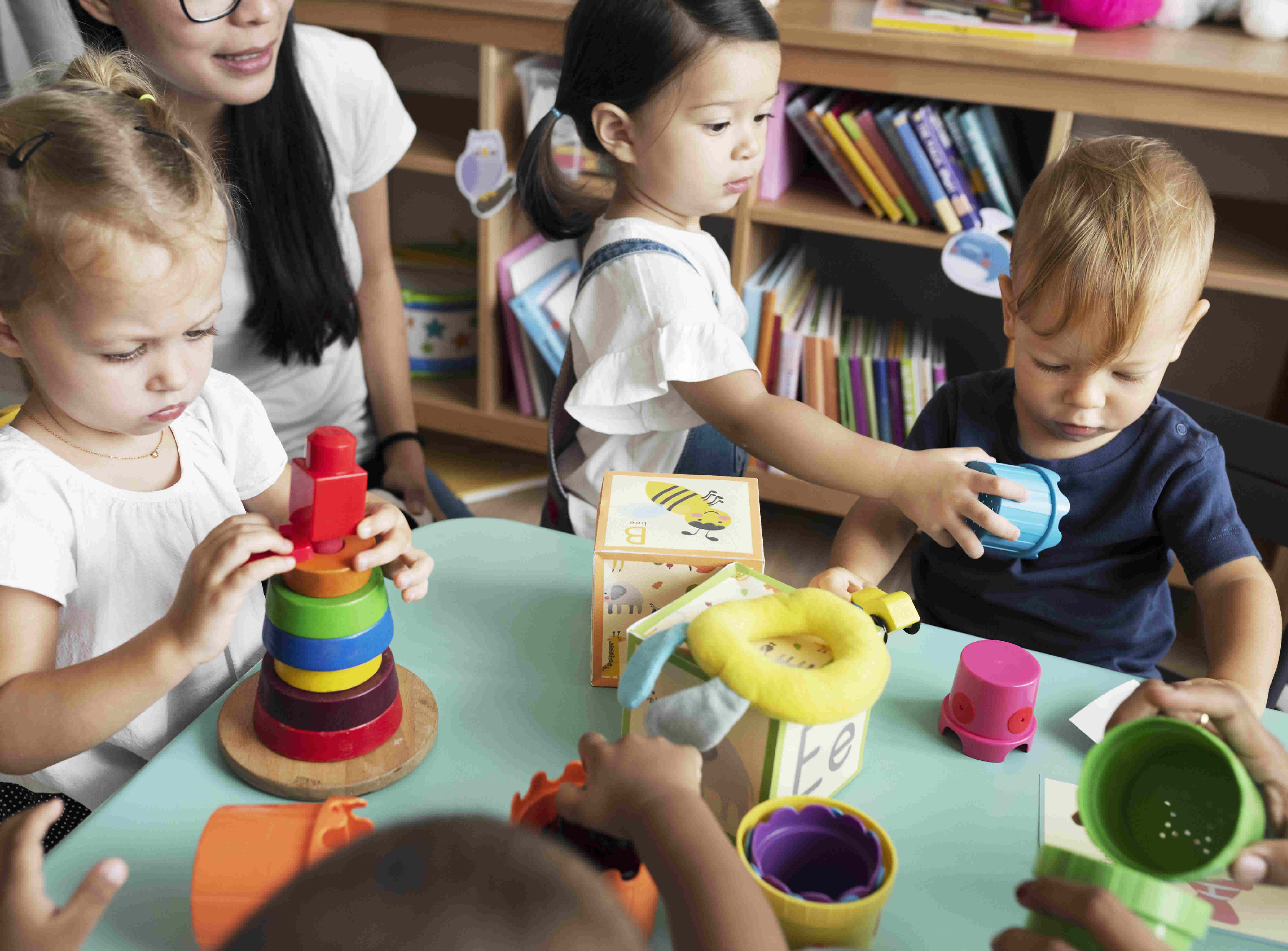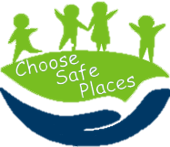Hazardous Sites & Substances
- Hazardous Sites and Substances Home
- Hazardous Waste Sites
- Topics
- Choose Safe Places Minnesota
- Environmental Exposures Grand Rounds
- Exposure and Health Investigations
- Contact us
Related Topics
- Water Contaminants and Your Health
- Cancer and the Environment
- Fish Consumption Guidance
- Children's Environmental Health
- Air Quality by Topic
- MN Public Health Data Access Portal
Environmental Health Division
Contact Info
Choose Safe Places Minnesota

Across the country, including Minnesota, child care and early education programs have been found in locations that could expose children and staff to environmental contamination.

Choose Safe Places Minnesota (CSPM) provides tools and resources to identify potential environmental concerns at or around child care locations. Considerations for child care and early education providers include:
- Current and former site use - manufacturing, industrial, or agricultural uses can leave harmful substances behind in buildings or on the land.
- Nearby Properties - some harmful substances can move through the air, water, or soil. This can affect neighboring buildings or properties. Hazardous waste sites, dry cleaners, nail salons, and gas stations are sites that may be of concern.
- Naturally Occurring Hazards - naturally occurring contamination comes from substances already in the environment. For example, some areas in Minnesota have naturally high levels of radon in the ground. Radon can enter any building and result in a high indoor radon level.
- Building Materials and Conditions - there may be harmful substances in some materials used to make buildings. Older buildings may have lead-based paint and asbestos hazards. Buildings may also become contaminated from mold or pests.
- Access to Safe Drinking Water - lead, nitrate, and bacteria are common water contaminants. These contaminants can affect children’s health. Contaminants may get into water from environmental sources, water pipes, and water fixtures.
Choosing a safe location for child care
Review the guide below to help ensure your child care business is located in a safe place.
- English: Choosing a Safe Location for Child Care (PDF)
- Spanish: Elegir un lugar Seguro para el cuidado de niños (PDF)
- Hmong: Xaiv ib qho Chaw Kom Puaj Phais Rau Qhov Kev Zov Menyuam (PDF)
- Somali: U doorashada Meel Ammaan ah Daryeelka Carruurta (PDF)
Children may be exposed to harmful chemicals in the air they breathe, the water they drink, or the soil they touch or swallow. Because children are still growing and developing, they are uniquely susceptible to health threats from these exposures. Identifying and addressing potential environmental site hazards, especially before a child care program is licensed, can prevent and reduce harmful exposures to the children in your care.
Well water testing
Most private well water in Minnesota is safe, but some may contain contaminants that can make children and babies sick. This information is for child care providers with well water. Visit the Well Water Testing webpage for more information.
Training
- Training offered by MDH: Search for an in-person classroom or web-based class titled "Healthy Homes for Childcare" on the Develop MN Course Catalog page.
- The Children’s Environmental Health Network (CEHN) works to promote healthier environments for children. Their award-winning Eco-Healthy Child Program provides training and best practices for creating a healthy child care environment.
- MDH's Healthy Homes Minnesota provides information about different hazards and contaminants inside and around homes, and how to test for or prevent harmful exposures.
- The Agency for Toxic Substances and Disease Registry (ATSDR) provides further information about the nationwide Choose Safe Places for Early Care and Education initiative.
- The Minnesota Department of Human Services (DHS) provides a number of resources, services, and information for child care and early education providers: